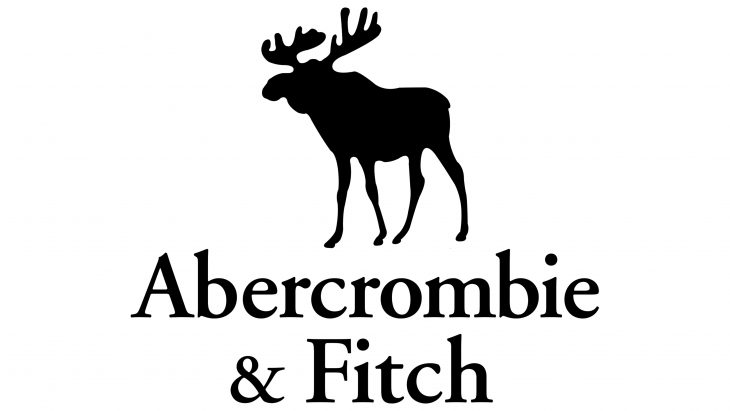
Abercrombie & Fitch has undergone dramatic transformations since its founding in 1892. Originally an outfitter for elite outdoorsmen, it later became a symbol of casual luxury for teens and young adults. Known for its logo-heavy designs, bold marketing, and controversial exclusivity, the brand reached peak popularity in the early 2000s before facing backlash and declining sales. Over the years, it has redefined itself, shifting toward inclusivity and modern fashion trends. This collection of facts traces its journey from outdoor gear to a global fashion powerhouse, highlighting its successes, controversies, and ongoing evolution.
Origins and Early Days
Before it became a fashion label known for its preppy aesthetic, Abercrombie & Fitch started with a different purpose.
- Founded in 1892 – David T. Abercrombie opened the company in Manhattan as an outfitter for elite outdoorsmen.
- Ezra Fitch Joined in 1900 – A wealthy lawyer and loyal customer, Ezra Fitch became a partner and helped reshape the brand.
- Originally Focused on Sporting Goods – It sold fishing, hunting, and camping gear, attracting adventurers like Teddy Roosevelt and Ernest Hemingway.
- Pioneered Mail-Order Catalogs – The company published a massive 456-page catalog in 1909, a rarity at the time.
- Bankruptcy in 1976 – After years of financial struggles, the company filed for bankruptcy, marking the end of its original form.
Rebranding and Rise in Fashion
The brand transitioned from outdoor outfitter to trendy fashion retailer, targeting a younger audience.
- Bought by The Limited in 1988 – The brand was acquired and repositioned into a fashion label catering to teens and young adults.
- Became Synonymous with Casual Luxury – It introduced high-end casual wear that blended preppy and laid-back styles.
- Trademarked Its Signature Scent – “Fierce,” the cologne often sprayed in stores, became as iconic as the clothes themselves.
- Stores Were Designed to Resemble Nightclubs – Dim lighting, loud music, and strong fragrances became key elements of the shopping experience.
- Logo-Centric Designs Ruled the 2000s – A&F’s moose logo and branded hoodies dominated teen fashion.
Controversies and Backlash
The brand faced criticism over exclusivity, marketing choices, and workplace culture.
- Criticized for Exclusionary Practices – Former CEO Mike Jeffries openly stated that the brand only catered to “cool, good-looking people.”
- Lawsuits Over Hiring Discrimination – Several cases alleged that employees were selected based on appearance rather than merit.
- Faced Backlash for T-Shirt Designs – Some graphic tees were pulled from shelves due to offensive slogans and cultural insensitivity.
- Class-Action Lawsuit for Unpaid Work – Store employees sued the company for being forced to purchase its clothing for work without reimbursement.
- Forced to Redefine Its Image – The brand’s exclusionary past led to a major transformation in marketing and leadership.
Cultural Influence and Marketing
Abercrombie & Fitch shaped fashion trends, youth culture, and advertising in the early 2000s.
- Launched the “Casual Luxury” Concept – It positioned casual wear as aspirational by using high-end pricing and imagery.
- Ads Were Known for Shirtless Models – Black-and-white campaigns featuring sculpted male torsos became a staple of the brand’s identity.
- Controversial Shopping Bags – The iconic shopping bags featured nearly nude models, drawing both attention and criticism.
- Popularity Peaked in the Mid-2000s – A&F was the go-to label for teenagers, with stores often packed on weekends.
- Heavily Influenced Pop Culture – The brand was referenced in songs, movies, and TV shows throughout the early 2000s.
Decline and Reinvention
Shifts in consumer preferences and internal changes forced the company to adapt.
- Logo-Centric Fashion Went Out of Style – By the 2010s, the demand for minimal branding and subtle designs led to a drop in sales.
- CEO Mike Jeffries Resigned in 2014 – His departure marked a shift in company culture and strategy.
- Stores Changed Their Atmosphere – Bright lighting, toned-down music, and a less aggressive scent strategy replaced the nightclub aesthetic.
- Expanded Inclusive Sizing – The company introduced extended sizes after years of criticism for its limited range.
- Marketing Shifted to Diversity and Authenticity – Campaigns started featuring a wider range of models, moving away from the exclusivity of the past.
Present and Future
Abercrombie & Fitch continues to evolve, adapting to a new generation of shoppers.
- No Longer Relies on Shirtless Models – Advertising now focuses on lifestyle imagery instead of provocative visuals.
- More Subdued Branding – The oversized moose logo disappeared in favor of understated designs.
- E-Commerce Became a Major Focus – Online sales grew significantly, leading to changes in store layouts and inventory.
- Collaborations and Limited Drops – The brand introduced small-batch collections to appeal to a trend-conscious audience.
- Reinvented for Millennials and Gen Z – The modern Abercrombie & Fitch embraces inclusivity, comfort, and a broader demographic.
A Brand Reinvented
Abercrombie & Fitch has transformed from an exclusive fashion label to a brand that embraces inclusivity and modern aesthetics. Once defined by loud branding, nightclub-style stores, and controversial marketing, it has adapted to shifting consumer preferences. The removal of its signature logo-heavy designs, a focus on diverse representation, and a stronger e-commerce presence have helped it regain relevance. While its past remains a significant part of its identity, the company’s ability to evolve has allowed it to remain a key player in the fashion industry for new generations.
Was this page helpful?
Our commitment to delivering trustworthy and engaging content is at the heart of what we do. Each fact on our site is contributed by real users like you, bringing a wealth of diverse insights and information. To ensure the highest standards of accuracy and reliability, our dedicated editors meticulously review each submission. This process guarantees that the facts we share are not only fascinating but also credible. Trust in our commitment to quality and authenticity as you explore and learn with us.


